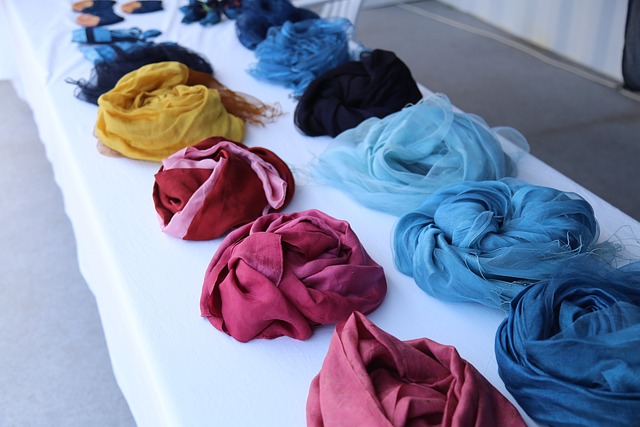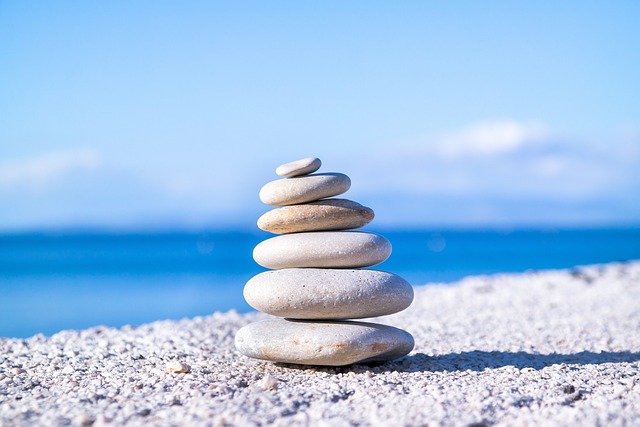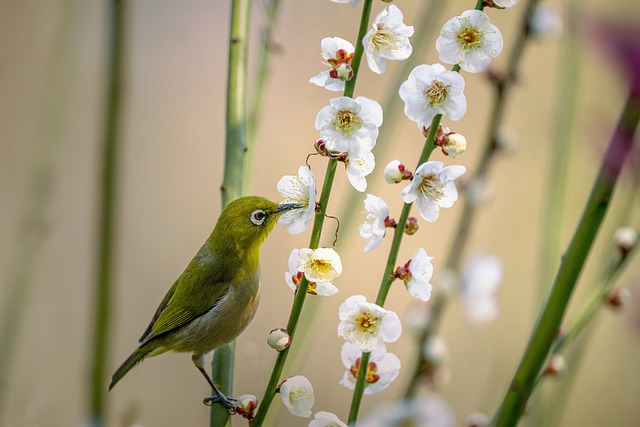
芸
2024-08-19
International Cultural and Artistic Exchange Organization: Future Activities
No items found.
The vision we’ve nurtured over the past year and a half is finally taking a step forward toward realization, here in New Zealand, with the establishment of our organization and the launch of our activities.
Cultures born from the lives of people, nurtured by rich and beautiful nature, enrich life and cultivate human sensitivity and creativity.
In this modern society, where science and information and communication technology are rapidly advancing,
we believe that enjoying and preserving long-cherished cultural traditions, understanding and respecting the unique identities of diverse ethnic groups mutually,
lead to true richness, the genuine advancement of humanity, and peace.
New Zealand and Japan, both blessed with four seasons, surrounded by the sea, and endowed with rich and beautiful nature, share a common bond. The source of both culture and art lies in nature.
Japan is the oldest country in the world. We aim to convey to the people of New Zealand the essence of traditional Japanese culture and art, which symbolizes sustainability, along with the spirit behind it.
Through international cultural and artistic exchanges, we will pursue and realize what true “richness” means—a sustainable state of well-being in both body and mind, and genuine happiness—together with the people of New Zealand.

“The source of culture and art lies in nature.” This is a belief I have always held. The artist Gohki Endo has written the following:
“Return to nature, creating art in harmony with it.
The source of art is nature. Nature is dignified and eternal. Nature is so abundant that it can endlessly provide to all artists. Humanity can never possess the power or the right to replace nature as the source and model for art.
People say that humans create art. But nature is always creating. True art is when one fully submits to the infinite nature, studies it patiently, and instills it with the human soul of the creator. Nature is always the one that speaks, and humans are the ones who listen.
Today, this has been reversed. People no longer deeply observe nature, nor do they listen carefully to its voice; instead, they talk freely without restraint.
In ancient times, human artistic creation was born from nature, the parent of all life. Today, we live in an era of material civilization, where we tend to overestimate science and technology as omnipotent.
However, no matter how much science and technology may advance, humans did not create nature or the universe, and thus, humans will never be able to completely control nature. Ultimately, humans are just one of the many living beings born from nature and the universe, and a minuscule existence within them.
Nevertheless, the folly of humanity, turning against the parental nature and destroying it, knows no bounds. In today’s world, where all life on Earth is facing the threat of extinction due to the misuse of science and technology created by humans, the most important thing is to cherish and love the life of nature.
What is most important today is not the narrow-minded, exclusivist ideology of modern people, who arrogantly think they can conquer nature with science, but rather a perspective that sees all beings and life in nature as equal and reveres them without discrimination. The ancient Eastern philosophy that says, ‘All things, mountains, rivers, and the earth possess Buddha-nature, all phenomena have divinity, and all sentient beings and humanity share equal wisdom,’ has become crucial in our modern world.
With this spirit, artists must dedicate their entire lives to the study of nature.
They should not be arrogant about their slight talent or rely on inspiration or divine intervention. The qualifications of an artist are sincerity and effort, will and perseverance.
Painting and sculpture are visual and tactile; music is auditory; literature is abstract, relying on words. The brain, eyes, ears, hands—these are all parts of the human body. Great works of art are created not by these individual parts but with the entire body and soul. It is when the profound life force of nature and the human life force of the artist merge, after facing nature’s dignity and eternity with full force, and intensely gazing at the object in nature without merely observing it.
In this modern age of mechanization and virtualization, what is essential is the recovery of directness with the real nature, the revival of living sensations and emotions.”

As an essential aspect of our mission, we also recognize that food and agriculture are indispensable elements of a sustainable society. Therefore, we are considering providing opportunities in this area as well.
For example, indigo.
Indigo is the oldest dye in the world and has been cherished across various regions. It is also gaining attention for its medicinal properties and is a sustainable material that does not harm the environment.
Known as “Japan Blue,” indigo symbolizes peace and harmony. It is a plant that is gentle on skin conditions like eczema, prevents wounds from becoming infected, and has the power to heal not only the body but also the mind.
We imagine it would be wonderful to have exchanges in New Zealand where people can enjoy Japanese indigo dyeing. We are also eager to learn about traditional natural dyeing techniques from countries around the world.
Additionally, we hold a vision to spread the concepts of no-fertilizer, pesticide-free, and no-tillage farming, as we believe these are very important, albeit in a small way.

When you watch the news, it’s filled with dark stories—people being threatened, made anxious, and manipulated. Can we really build a bright future with such a heavy heart?
I choose to calmly accept information as just that—information.
The goal of information warfare is to plunge people into negative emotions. There’s no need to fall into that trap.
That said, genuine information is important for protecting oneself, so I do take it in. But I let it flow through me. There’s nothing more harmful than digesting every bit of it and allowing it to foster anxiety or hatred within yourself.
Humankind has fallen into extreme materialism. We’ve lost sight of fundamental things like what nature is and what it means to be human, continually ignoring the unseen forces behind the material world.
Without returning to a balanced state, there can be no further advancement in science, nor can we regain a healthy, cultured way of life.
Isn’t it time for humanity’s arrogant behavior to come to an end?
Human society exists because of nature. How deeply can we engage with, observe, respect, and express the beauty of nature, making the beautiful even more so?
And do we, as humans, have the will to create a society that mirrors nature—one that is cyclical, where coexistence and mutual prosperity thrive? Without this, it’s clear that our current civilization cannot sustain itself much longer.
Now is the time for a conscious shift.